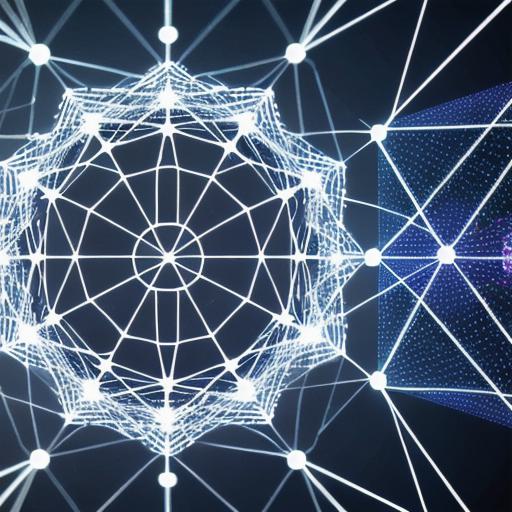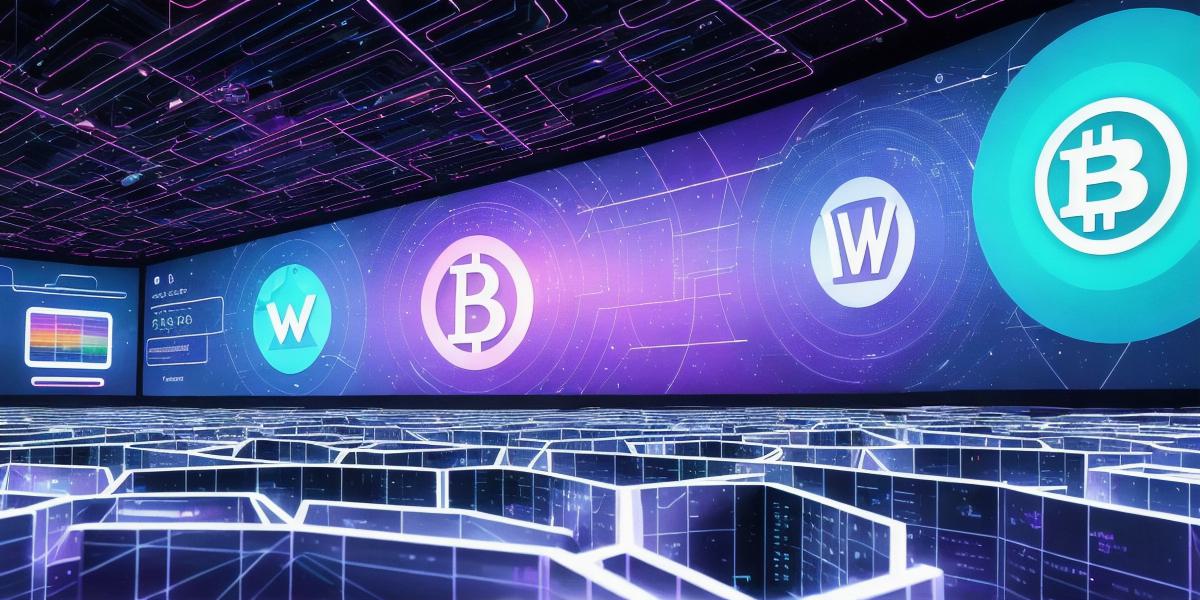As technology continues to evolve, we are seeing a shift towards decentralization in various aspects of our lives. One such aspect is the internet, which is currently dominated by large tech companies like Google and Facebook. However, this centralization has its drawbacks, such as censorship and lack of privacy. This is where Web3 comes in – a decentralized version of the internet that promises to be more secure, private, and democratic.
What is Web3?
Web3 refers to the next iteration of the World Wide Web, which will be built on decentralized technology rather than centralized servers. Instead of relying on a single entity to control and maintain the internet, Web3 will be powered by a network of computers that work together to validate transactions and keep the system running smoothly.

Some of the key features of Web3 include:
- Decentralization: Unlike traditional websites that are hosted on centralized servers, Web3 applications will be built on a decentralized infrastructure that is distributed across multiple computers.
- Security: Because Web3 relies on a network of computers to validate transactions, it is much more secure than traditional centralized systems. This is because there is no single point of failure – if one computer goes down, the others can continue to function and maintain the system.
- Privacy: With Web3, users will have complete control over their data, which means that they can choose who sees it and how it’s used. This is because Web3 applications are built on a blockchain – a decentralized ledger that records all transactions – which allows for secure and private communication between users.
- Transparency: Because all transactions on the Web3 network are recorded on a public ledger, there is greater transparency and accountability in the system. This makes it easier to trace and verify transactions, which can help prevent fraud and corruption.
Real-life examples of Web3 in action
Web3 technology is already being used in a variety of applications, including:
- Decentralized finance (DeFi): DeFi platforms like Uniswap and Aave are built on the Ethereum blockchain and allow users to trade cryptocurrencies without relying on centralized exchanges. These platforms have become incredibly popular in recent years, with millions of users worldwide using them to trade billions of dollars worth of cryptocurrency.
- Supply chain management: Blockchain technology is being used to create more transparent and efficient supply chains for goods like diamonds and food. By tracking the movement of these goods on a decentralized ledger, it becomes easier to verify that they are authentic and have been handled ethically.
- Voting systems: Decentralized voting systems like Voatz and Blockstack are being developed that use blockchain technology to create more secure and transparent voting processes. These systems allow for verifiable and auditable voting results without relying on centralized servers.
The future of Web3
While Web3 is still in its early stages, it has already shown tremendous potential for revolutionizing the way we use the internet. As more people and organizations embrace decentralization, we can expect to see a shift towards more secure, private, and democratic versions of the web. However, there are still many challenges that need to be overcome before Web3 becomes mainstream, such as scalability issues and regulatory hurdles.

